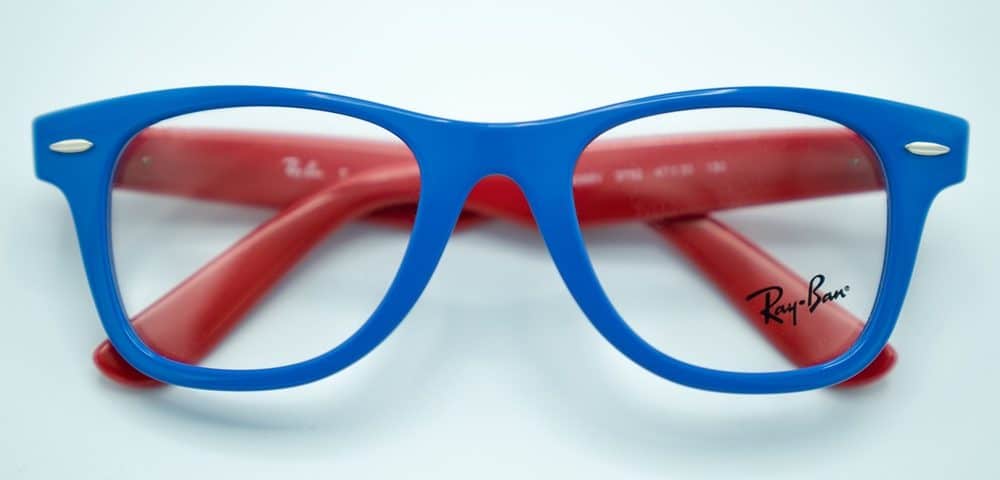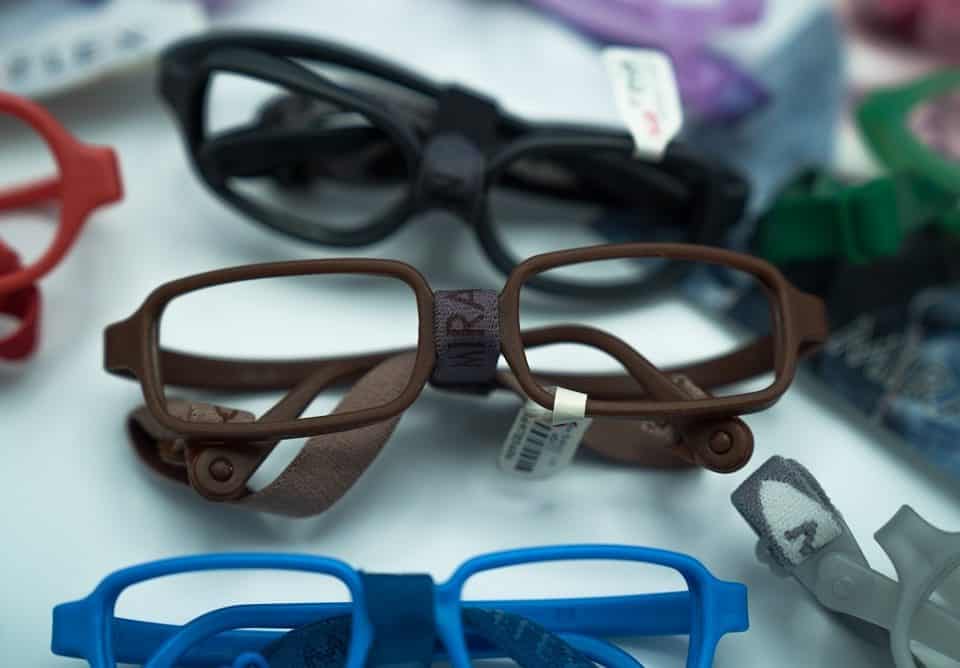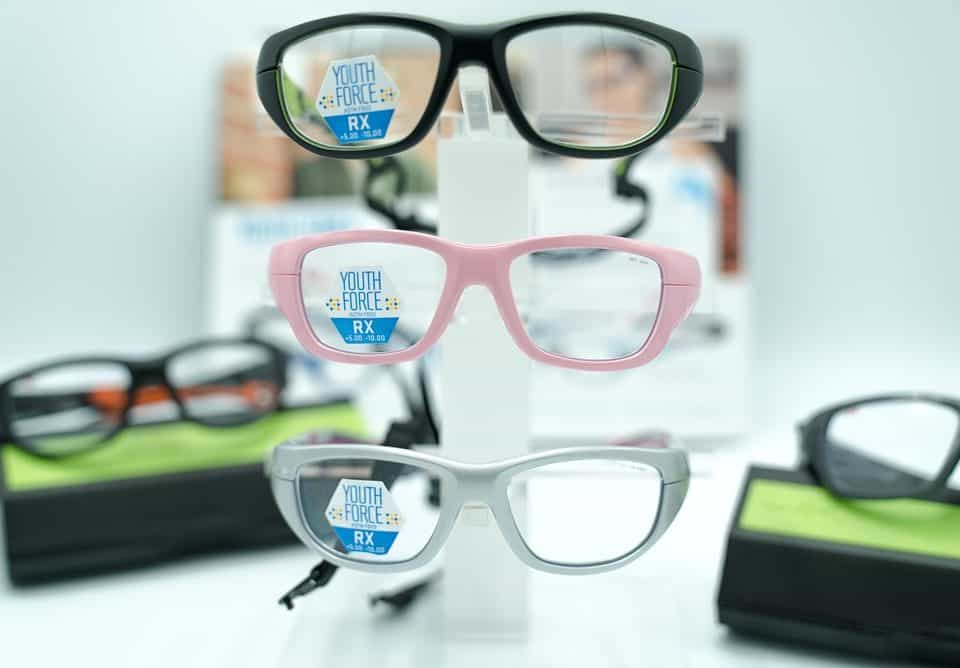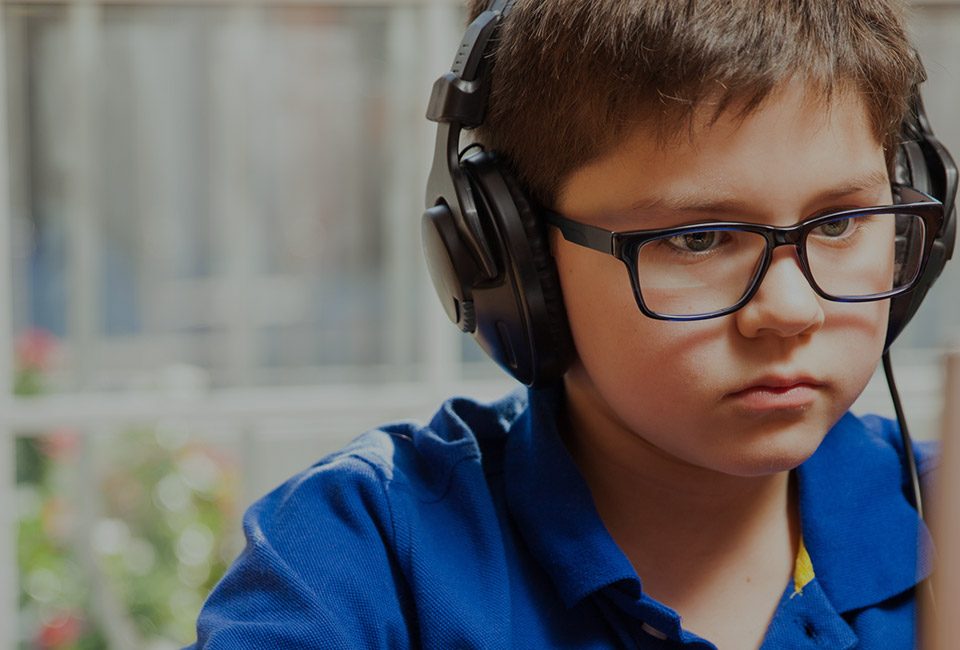- We carry children’s frames, lenses, and sports eyewear
- 212-982-3762
How often should children have their eyes examined, and what are the key components of an eye exam?

What Are the Key Signs of Vision Problems Parents Should Watch For in Young Children?
May 23, 2025
What are the latest trends in children’s eyeglass frame designs, and how do you help children choose frames they’ll love?
June 6, 2025Children’s eyes constantly develop, and regular eye exams are critical. Let’s familiarize ourselves with the rate at which these check-ups should occur and what they entail. Keeping their vision sharp is essential for their primitive growth and deep learning. We will break down the components of an eye exam, taking the questions out of the process and making it easy to understand why these visits are essential.
Recommended Frequency of Children’s Eye Exams
Infants should have their first eye exam by six months. Then, children need an exam at age three and again before starting school. Once in school, annual exams are ideal. These check-ups are responsible for detecting any vision issues that may be present. Catching problems early with regular visits keeps issues from impacting your child’s development and maintaining their eye health as a whole.
Visual Acuity Tests: Measuring Sharpness
Visual acuity tests measure how well your child sees at various distances. The task involves reading letters or identifying pictures on a chart. This eyesight test helps determine if your child needs corrective lenses. The process is simple and provides all the necessary information about their vision clarity.
Eye Health Assessments: Checking for Underlying Issues
Eye health assessments check for conditions like amblyopia (lazy eye) or strabismus (crossed eyes). The optometrist examines the internal and external structures of the eye. The process includes checking the retina and optic nerve. These assessments assure that your child’s eyes are developing correctly and are disease-free.
Key Components of a Comprehensive Eye Exam
A complete eye exam includes several tests to assess your child’s overall eye health. First, there’s the refraction test to determine their prescription. The eye muscle test then assesses movement and coordination. Finally, the slit-lamp examination inspects the front and back of the eye. Each stage plays a role in providing a complete picture of your child’s vision.
Refraction Test: Determining Prescription Needs
The refraction test helps determine if your child needs glasses or contact lenses. The optometrist uses a phoropter, a device with multiple lenses, to find the correct prescription. This test measures how light bends as it enters the eye. It solidifies that any vision correction decision is accurate and successful.
Eye Muscle Test: Assessing Coordination and Movement
The eye muscle test checks how well your child’s eyes work together. The optometrist observes eye movements as your child follows a moving object. This test identifies any muscle imbalances or coordination problems. Proper eye coordination is essential for depth perception and comfortable vision.
Prioritizing Your Child’s Eye Health in NYC
Your child’s vision is precious, and regular eye exams are the cornerstone of protecting it. At Devonshire Optical Inc., we have a fundamental understanding of children’s eye health. We are thorough and compassionate in our care to give your child’s eyes a rejuvenated view. Contact us today to schedule an appointment to learn more about our services.
